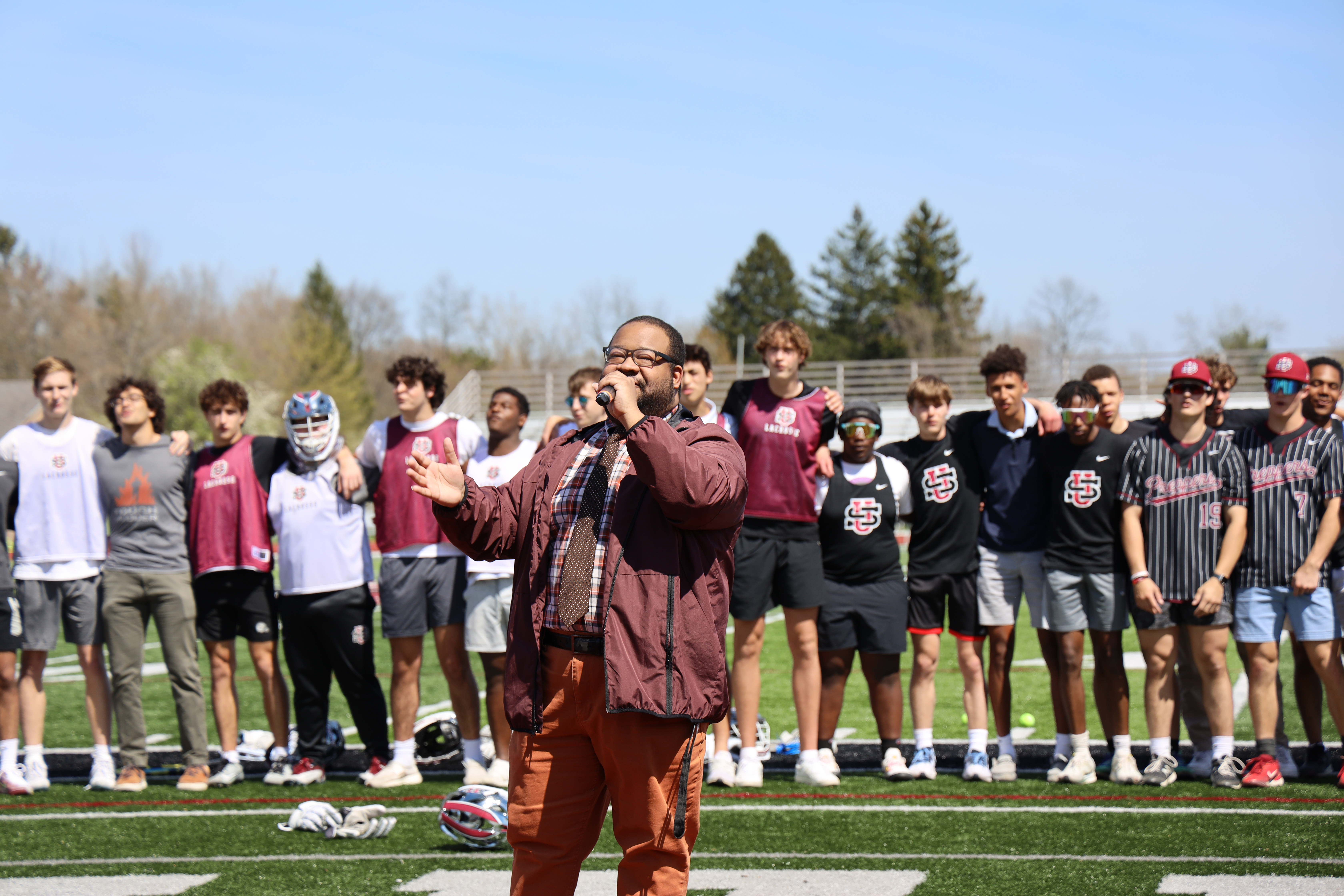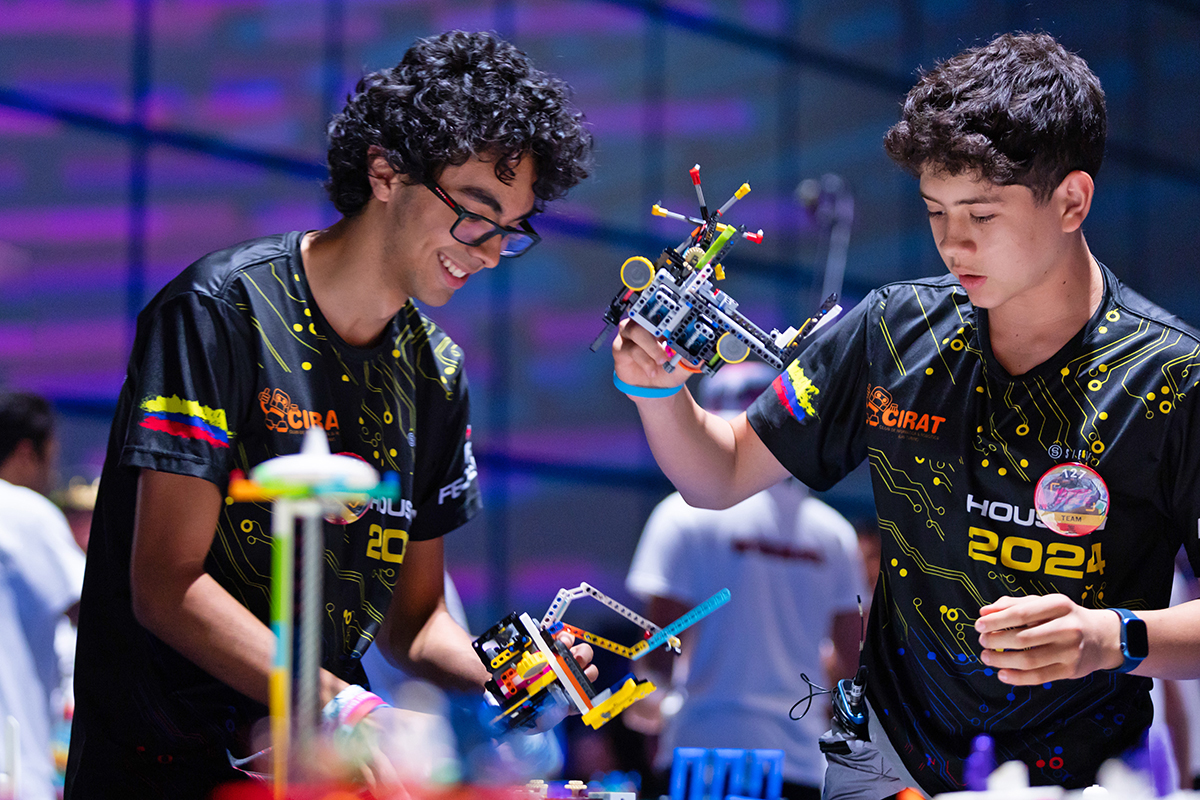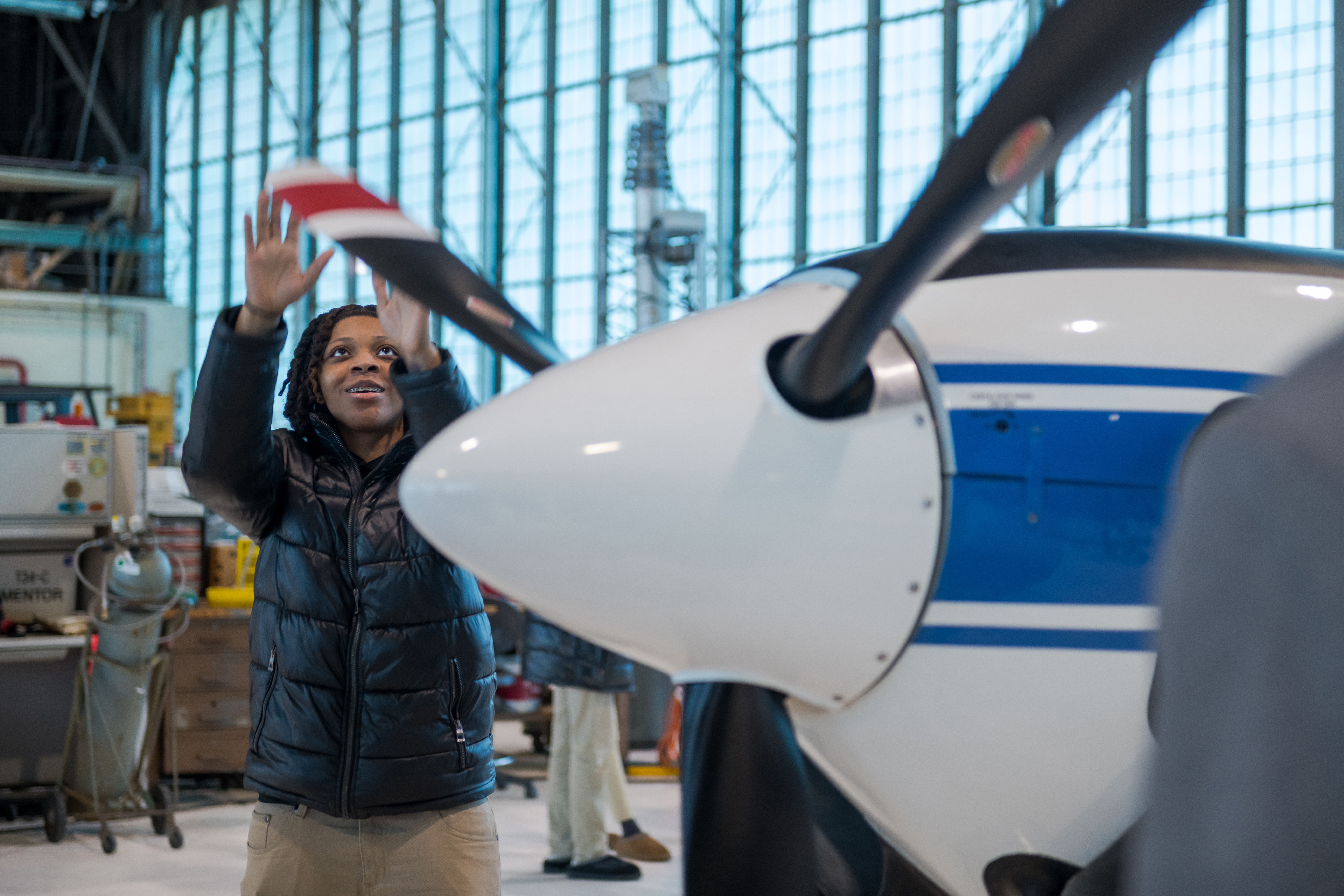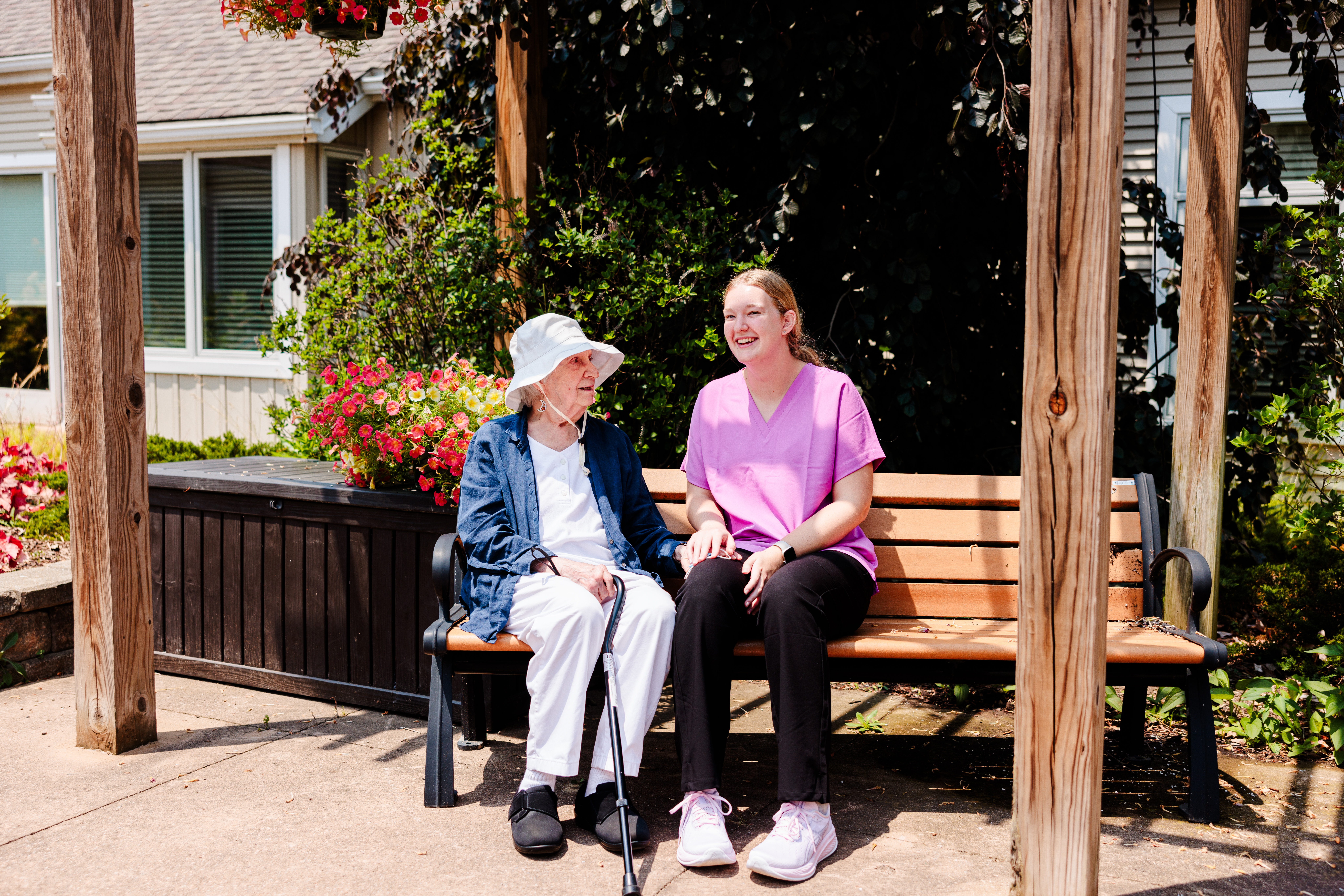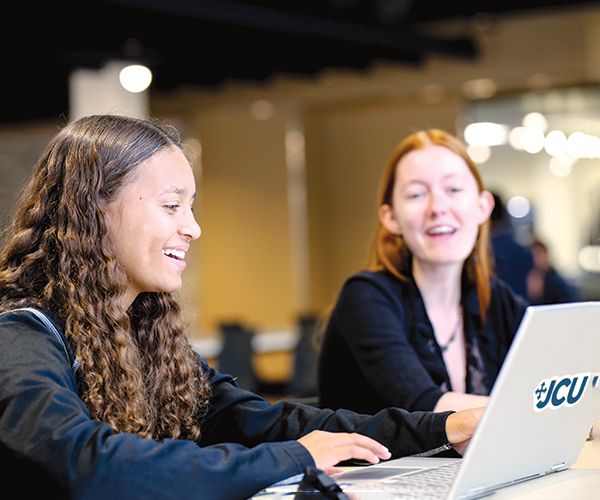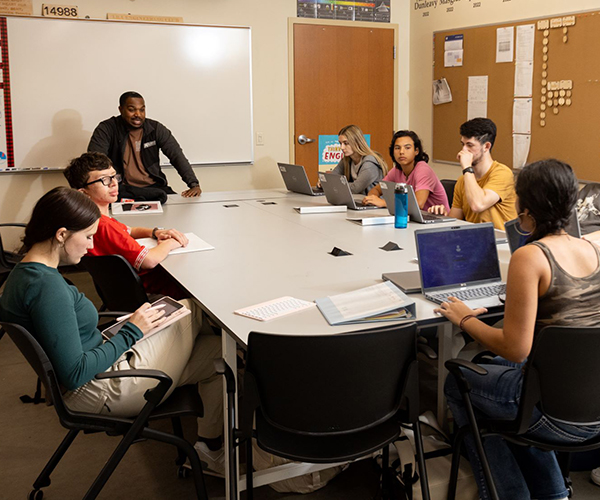The Value of Cleveland Summer Camps Goes Beyond Dollar Amounts
by Kristen Hampshire | Feb. 10, 2025 | 10:00 AM
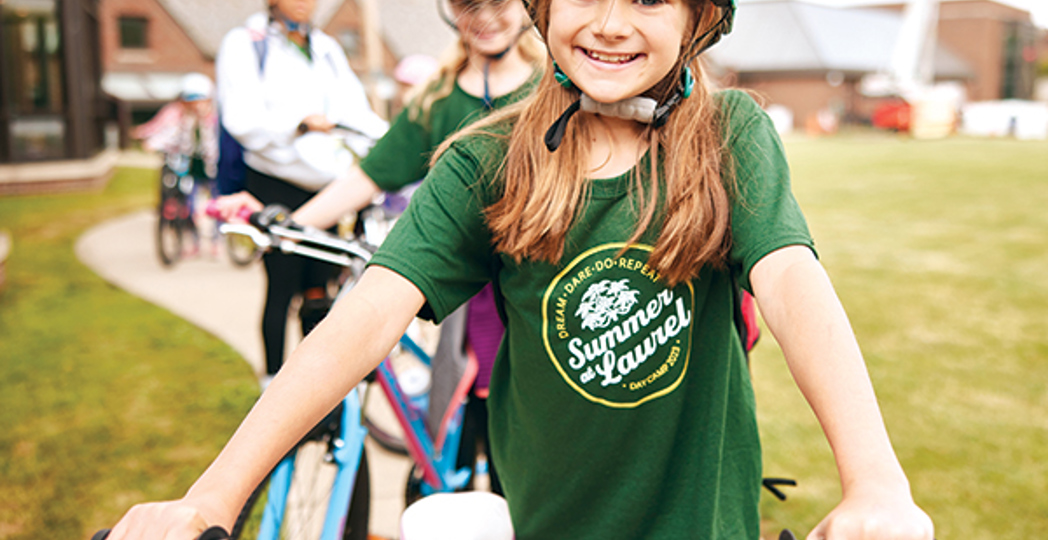
Courtesy Laurel School
You feel it at the grocery store. Then, it's the health insurance gut punch, housing creep and increase in pricing for stuff that is seemingly essential like Netflix or the rare night out.
The cost of summer camp, in general, is also going up, and the reasons make sense. It’s no different than inflation for food, clothing and shelter at home.
In response, some camps have expanded qualifications for financial relief and grants.
“We’ve seen over the last five or six years, there is a change in our lifestyles across the board, what people can and can’t afford,” says Courtney Nicolai, executive director at The Hiram House.
Many double-income families need help giving a camp experience to their children, she acknowledges.
“The cost of everything is increasing, and that includes the cost of summer camp,” Nicolai continues. “And there are families who are truly trying to figure out a way to make summer camp fit the budget.”
Sign Up to Receive the Cleveland Magazine Daily Newsletter Six Days a Week
The Real Treasure
The value gained from summer camp experiences is often priceless.
“The camper who arrives on Sunday is never the same camper that goes home on Friday,” says Beth Stokley, seasonal camp director at Girl Scouts of North East Ohio. “Campers grow and learn about themselves, and there’s a sense of confidence. I often hear, ‘I learned to be me at camp.’”
Making kids better forever is the motto at Camp Fitch.
“We develop lifelong learners,” says Tom Parker, executive director and chaplain. “We have kids who learn to sail here and now sail competitively back home. We had a kid learn to rock climb who ended up being ranked nationally. We have kids who never thought about being a teacher, and they take what they learned here and make teaching their career.”
Camp Fitch tells families, “Cost will not be the reason why a child does not attend.”
“Value comes in many forms for campers and families,” says Andrea DiSalvo, director of Summer at Laurel. “Sometimes, camp is a fresh start where campers get to make a new first impression and meet new people. For others, stepping out of their comfort zone isn’t easy, but camp offers the opportunity to try new things while being encouraged and supported.”
“A valuable camp experience does not have to run the whole summer,” DiSalvo adds, relating that even a daylong program can expose a child to valuable experiences.
Paying Your Way
Asking for help might be the hardest thing to do for many families. Compassionate camp administrators listen for keywords and pick up on hesitation that is centered on footing the bill.
“There are many working families that are making ends meet and feel like they shouldn’t ask for assistance, so we listen to the conversation. And if we get the feeling a family needs help, we call back and say, ‘I might be out of line, but if you need assistance, we’re here to help,’” Nicolai says.
Sometimes, a bit of simple outreach completely changes a family’s summer plans.
“A healthy summer full of adventure is here, and how can we help with it?” Nicolai says to families.
Initially, Hiram House Camp’s campership fund was primarily for children from low-income families, along with those in foster care, kinship arrangements or those who have experienced severe trauma. These kids still get the utmost financial attention.
“But we have broadened our reach,” Nicolai says of offering 20% to 80% scholarships. “We do not do a 100% scholarship because we want families to take ownership of sending their kids to camp.”
Last year, Camp Fitch awarded $229,000 in scholarships and accepted another $200,000 in funding from granting organizations that help pay for camps such as developmental disabilities boards, churches and county governments. “We just don’t say, ‘no,’” Parker says.
This is possible because of fundraising efforts such as its annual Polar Bear Plunge the first weekend of March. Last year, the camp raised more than $200,000 from campers ages 6 and older who make it a community project to collect pledges and jump in the lake. “They want to help other kids come to Camp Fitch,” Parker says.
Camp Fitch typically costs $945 for a week, and focused programs such as computer technology or equestrian camps edge up beyond this threshold, as do its adventure travel camps. The average scholarship is $700, Parker says.
With tiered pricing, some families choose to pay more than the camp fee to help scholarship other campers, Parker adds. Tier C is the base price, but Tier B costs $100 more; Tier A is $200 more. “Seventy percent of families pay more than the actual price, and we use those funds to help others,” he says.
READ MORE: How Cleveland's Schools Have Modernized STEM Education Through the Years
Savings Strategies
Many summer programs offer “camperships” to defray the cost of camp. Some like Laurel are qualified education service providers with the Ohio Afterschool Child Enrichment Educational Savings Program.
Camp payment plans allow families to gradually pay fees. For example, Laurel offers a range of plans that spread payments out over several months.
“Over 50% of our families choose to pay camp fees monthly between January when they enroll and the month of May,” DiSalvo says of the payment plans.
The same option is possible at Hiram House, and even if a camp doesn’t provide a formal payment plan, asking never hurts, Nicolai points out.
Remember to ask about extras, too. Girl Scouts of North East Ohio offers grants to qualifying girls to cover expenses that go above and beyond program fees, and Camp Fitch partners with churches that have camp pantries with supplies like sleeping bags.
When comparing camp costs, find out exactly what’s included, DiSalvo advises.
“A less expensive camp may end up costing more in the long run if field trips, lunches or special events are not included in the initial cost,” she says.
Parker urges, “Have the conversation with camp,” relating that there are many ways to make an experience financially possible. “Kids need camp now more than ever.”
For more updates about Cleveland, sign up for our Cleveland Magazine Daily newsletter, delivered to your inbox six times a week.
Cleveland Magazine is also available in print, publishing 12 times a year with immersive features, helpful guides and beautiful photography and design.
Trending
-
1
-
2
-
3
-
4
-
5

